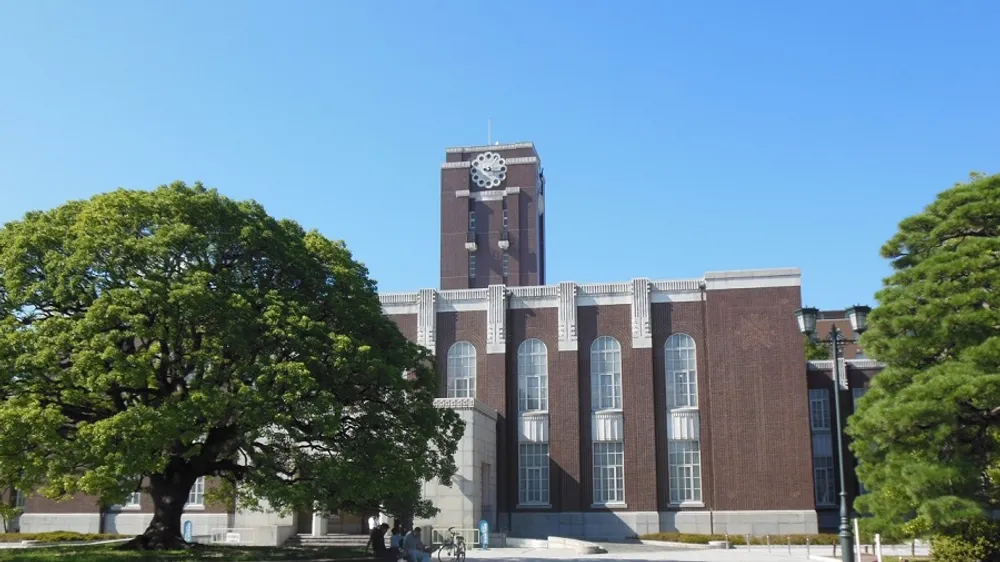
Japanese Universities Prepare for Major Changes Amid Declining Enrollment
The challenges of declining student numbers and rising costs are forcing universities in Japan to make major changes. The shrinking student pool is a result of population decline, while government subsidies are also decreasing. This has led universities to consider raising tuition fees to cover costs.
By 2022, the number of students entering university in Japan is expected to fall by around 130,000 over the next three decades. This decline is putting enormous pressure on Japan’s higher education system. The University of Tokyo plans to increase tuition fees by ¥110,000 starting next fiscal year. The increase in tuition fees will also require an expansion of student scholarships and aid. According to the Japan Student Services Organization (JASSO), 35% of undergraduate students in Japan receive scholarships. It is clear that rising education costs will make it harder for more students to access quality education.
Another solution is to attract more foreign students. The number of international students in higher education in Japan fell during the pandemic but is recovering. Last year, around 185,000 international students studied in Japan. The Japanese government aims to increase this number to 30% by 2033.
However, the proportion of international students in higher education in Japan is still low. The education ministry will change this by allowing universities to charge foreign students more. These students often demand better facilities and language assistance. Japan’s higher education sector is facing significant challenges, including budget constraints and student competition. It is therefore vital for Japan’s future that a national education strategy is developed to address this transformation.

